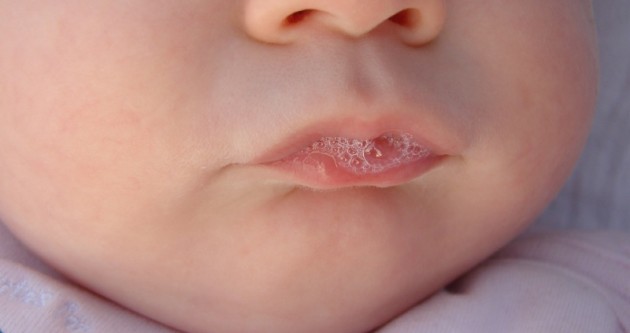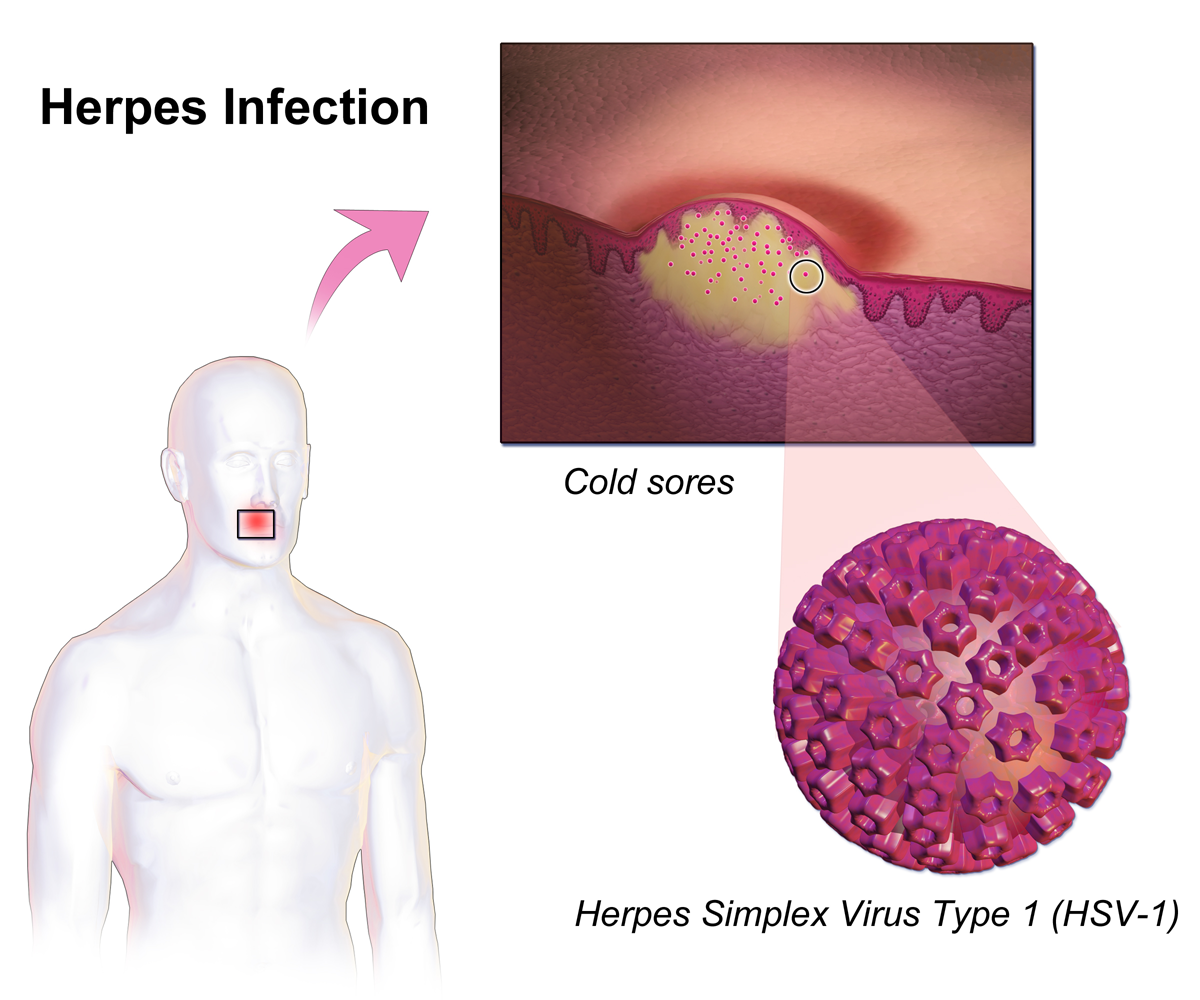|
Oral Inflation Valve
An oral inflation valve is a valve present on most Human swimming, swim toys and beach balls. These inflation valves can also be filled with air pumps, which makes the process easier, faster and more hygienic. Since the valve is placed in the mouth and saliva can be ejected into the inflatable object, the valve is subjected to some health concerns; diseases like common cold, herpes, Hepatitis B, Hepatitis C and many others can be spread through the saliva in the air valve. Therefore, they should not be used orally if the inflatable object is not clean. The inflation valves have caps, which require to be open in order to fill the object with air by placing the lips and blow air inside it manually or use air pump's and closed after finish. To deflate an object and make transport or storage easier, the cap can be opened for the air to be drained and the object can be squeezed so the deflation process is quicker. Some valves contain safety structures that require additional actions to l ... [...More Info...] [...Related Items...] OR: [Wikipedia] [Google] [Baidu] |
Valve
A valve is a device or natural object that regulates, directs or controls the flow of a fluid (gases, liquids, fluidized solids, or slurries) by opening, closing, or partially obstructing various passageways. Valves are technically fittings, but are usually discussed as a separate category. In an open valve, fluid flows in a direction from higher pressure to lower pressure. The word is derived from the Latin ''valva'', the moving part of a door, in turn from ''volvere'', to turn, roll. The simplest, and very ancient, valve is simply a freely hinged flap which swings down to obstruct fluid (gas or liquid) flow in one direction, but is pushed up by the flow itself when the flow is moving in the opposite direction. This is called a check valve, as it prevents or "checks" the flow in one direction. Modern control valves may regulate pressure or flow downstream and operate on sophisticated automation systems. Valves have many uses, including controlling water for irrigation ... [...More Info...] [...Related Items...] OR: [Wikipedia] [Google] [Baidu] |
Human Swimming
Swimming is the self-propulsion of a person through water, or other liquid, usually for recreation, sport, exercise, or survival. Locomotion is achieved through coordinated movement of the limbs and the body to achieve hydrodynamic thrust that results in directional motion. Humans can hold their breath underwater and undertake rudimentary locomotive swimming within weeks of birth, as a survival response. Swimming is consistently among the top public recreational activities, and in some countries, swimming lessons are a compulsory part of the educational curriculum. As a formalized sport, swimming is featured in a range of local, national, and international competitions, including every modern Summer Olympics. Swimming involves repeated motions known as strokes in order to propel the body forward. While the front crawl, also known as freestyle, is widely regarded as the fastest out of four primary strokes, other strokes are practiced for special purposes, such as for trainin ... [...More Info...] [...Related Items...] OR: [Wikipedia] [Google] [Baidu] |
Beach Ball
''Beach Ball'' is a 1965 American beach party movie starring Edd Byrnes and partly financed by Roger Corman.Ed. J. Philip di Franco, ''The Movie World of Roger Corman'', Chelsea House Publishers, 1979, p. 145 It features appearances by The Supremes, The Walker Brothers, and The Righteous Brothers. Tom Lisanti called it "arguably the breeziest and most enjoyable ''Beach Party'' clones. It is also the most blatant rip off." Plot Dick Martin manages a rock and roll group, The Wigglers (Bango, Jack and Bob). They are told by music store owner Mr Wolf that the group owes him $1,000 for their instruments and have to raise money. Martin tries to convince Susan, the credit union manager for a local college, Cast * Edd Byrnes as Dick Martin *Chris Noel as Susan * Robert Logan as Bango *Gail Gilmore as Deborah *Aron Kincaid as Jack *Mikki Jamison as Augusta *Don Edmonds as Bob * Brenda Benet as Samantha *Anna Lavelle as Polly *James Wellman as Mr. Wolf *The Supremes (Florence Ballard, D ... [...More Info...] [...Related Items...] OR: [Wikipedia] [Google] [Baidu] |
Mouth
In animal anatomy, the mouth, also known as the oral cavity, or in Latin cavum oris, is the opening through which many animals take in food and issue vocal sounds. It is also the cavity lying at the upper end of the alimentary canal, bounded on the outside by the lips and inside by the pharynx. In tetrapods, it contains the tongue and, except for some like birds, teeth. This cavity is also known as the buccal cavity, from the Latin ''bucca'' ("cheek"). Some animal phylum, phyla, including arthropods, molluscs and chordates, have a complete digestive system, with a mouth at one end and an anus at the other. Which end forms first in ontogeny is a criterion used to classify bilaterian animals into protostomes and deuterostomes. Development In the first Multicellular organism, multicellular animals, there was probably no mouth or gut and food particles were engulfed by the cells on the exterior surface by a process known as endocytosis. The particles became enclosed in vacuoles in ... [...More Info...] [...Related Items...] OR: [Wikipedia] [Google] [Baidu] |
Saliva
Saliva (commonly referred to as spit) is an extracellular fluid produced and secreted by salivary glands in the mouth. In humans, saliva is around 99% water, plus electrolytes, mucus, white blood cells, epithelial cells (from which DNA can be extracted), enzymes (such as lipase and amylase), antiseptic, antimicrobial agents (such as secretory IgA, and lysozymes). The enzymes found in saliva are essential in beginning the process of digestion of dietary starches and fats. These enzymes also play a role in breaking down food particles entrapped within dental crevices, thus protecting teeth from bacterial decay. Saliva also performs a lubricating function, wetting food and permitting the initiation of swallowing, and protecting the oral mucosa from desiccation, drying out. Various animal species have special uses for saliva that go beyond predigestion. Some Swift (bird), swifts use their gummy saliva to build nests. ''Aerodramus'' bird nest, nests form the basis of edible bird's ne ... [...More Info...] [...Related Items...] OR: [Wikipedia] [Google] [Baidu] |
Inflatable
An inflatable is an object that can be inflated with a gas, usually with air, but hydrogen, helium and nitrogen are also used. One of several advantages of an inflatable is that it can be stored in a small space when not inflated, since inflatables depend on the presence of a gas to maintain their size and shape. Function fulfillment per mass used compared with non-inflatable strategies is a key advantage. Stadium cushions, impact guards, vehicle wheel inner tubes, emergency air bags, and inflatable space habitats employ the inflatable principle. Inflation occurs through several strategies: pumps, ram-air, blowing, and suction. Although the term ''inflatable'' can refer to any type of inflatable object, the term is often used in boating to specifically refer to inflatable boats. Types High-pressure vs. low-pressure A distinction is made between high-pressure and low-pressure inflatables. In a high-pressure inflatable, structural limbs like pillars and arches are built o ... [...More Info...] [...Related Items...] OR: [Wikipedia] [Google] [Baidu] |
Health
Health, according to the World Health Organization, is "a state of complete physical, mental and social well-being and not merely the absence of disease and infirmity".World Health Organization. (2006)''Constitution of the World Health Organization''– ''Basic Documents'', Forty-fifth edition, Supplement, October 2006. A variety of definitions have been used for different purposes over time. Health can be promoted by encouraging healthful activities, such as regular physical exercise and adequate sleep, and by reducing or avoiding unhealthful activities or situations, such as smoking or excessive stress. Some factors affecting health are due to individual choices, such as whether to engage in a high-risk behavior, while others are due to structural causes, such as whether the society is arranged in a way that makes it easier or harder for people to get necessary healthcare services. Still, other factors are beyond both individual and group choices, such as genetic disorders. ... [...More Info...] [...Related Items...] OR: [Wikipedia] [Google] [Baidu] |
Common Cold
The common cold or the cold is a viral infectious disease of the upper respiratory tract that primarily affects the respiratory mucosa of the nose, throat, sinuses, and larynx. Signs and symptoms may appear fewer than two days after exposure to the virus. These may include coughing, sore throat, runny nose, sneezing, headache, and fever. People usually recover in seven to ten days, but some symptoms may last up to three weeks. Occasionally, those with other health problems may develop pneumonia. Well over 200 virus strains are implicated in causing the common cold, with rhinoviruses, coronaviruses, adenoviruses and enteroviruses being the most common. They spread through the air during close contact with infected people or indirectly through contact with objects in the environment, followed by transfer to the mouth or nose. Risk factors include going to child care facilities, not sleeping well, and psychological stress. The symptoms are mostly due to the bo ... [...More Info...] [...Related Items...] OR: [Wikipedia] [Google] [Baidu] |
Herpes
Herpes simplex is a viral infection caused by the herpes simplex virus. Infections are categorized based on the part of the body infected. Oral herpes involves the face or mouth. It may result in small blisters in groups often called cold sores or fever blisters or may just cause a sore throat. Genital herpes, often simply known as herpes, involves the genitalia. It may have minimal symptoms or form blisters that break open and result in small ulcers. These typically heal over two to four weeks. Tingling or shooting pains may occur before the blisters appear. Herpes cycles between periods of active disease followed by periods without symptoms. The first episode is often more severe and may be associated with fever, muscle pains, swollen lymph nodes and headaches. Over time, episodes of active disease decrease in frequency and severity. Herpetic whitlow typically involves the fingers or thumb. Herpes simplex keratitis involves the eye. Herpesviral encephalitis involv ... [...More Info...] [...Related Items...] OR: [Wikipedia] [Google] [Baidu] |
Hepatitis B
Hepatitis B is an infectious disease caused by the '' Hepatitis B virus'' (HBV) that affects the liver; it is a type of viral hepatitis. It can cause both acute and chronic infection. Many people have no symptoms during an initial infection. For others, symptoms may appear 30 to 180 days after becoming infected and can include a rapid onset of sickness with nausea, vomiting, yellowish skin, fatigue, dark urine, and abdominal pain. Symptoms during acute infection typically last for a few weeks, though some people may feel sick for up to six months. Deaths resulting from acute stage HBV infections are rare. An HBV infection lasting longer than six months is usually considered chronic. The likelihood of developing chronic hepatitis B is higher for those who are infected with HBV at a younger age. About 90% of those infected during or shortly after birth develop chronic hepatitis B, while less than 10% of those infected after the age of five develop chronic cases. Most of those ... [...More Info...] [...Related Items...] OR: [Wikipedia] [Google] [Baidu] |
Hepatitis C
Hepatitis C is an infectious disease caused by the hepatitis C virus (HCV) that primarily affects the liver; it is a type of viral hepatitis. During the initial infection people often have mild or no symptoms. Occasionally a fever, dark urine, abdominal pain, and yellow tinged skin occurs. The virus persists in the liver in about 75% to 85% of those initially infected. Early on, chronic infection typically has no symptoms. Over many years however, it often leads to liver disease and occasionally cirrhosis. In some cases, those with cirrhosis will develop serious complications such as liver failure, liver cancer, or dilated blood vessels in the esophagus and stomach. HCV is spread primarily by blood-to-blood contact associated with injection drug use, poorly sterilized medical equipment, needlestick injuries in healthcare, and transfusions. Using blood screening, the risk from a transfusion is less than one per two million. It may also be spread from an infected mother to h ... [...More Info...] [...Related Items...] OR: [Wikipedia] [Google] [Baidu] |








